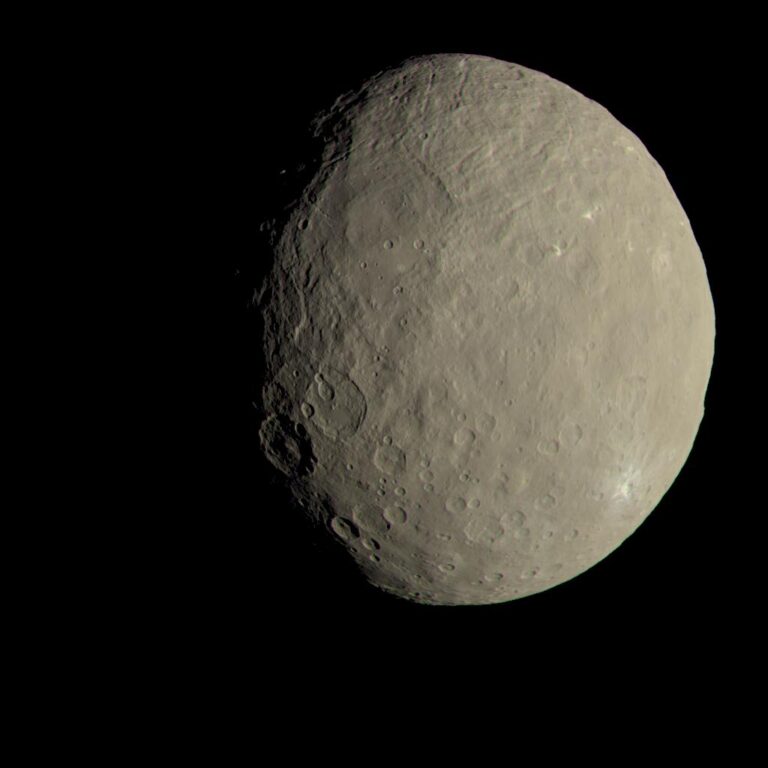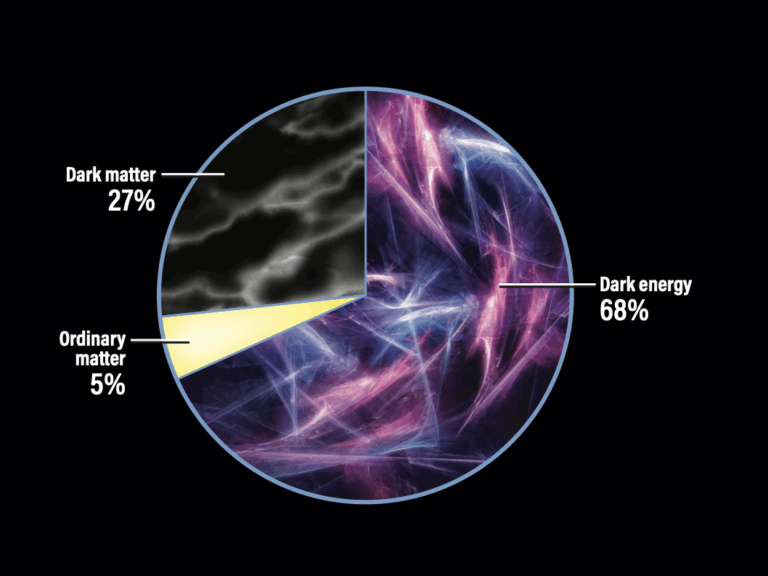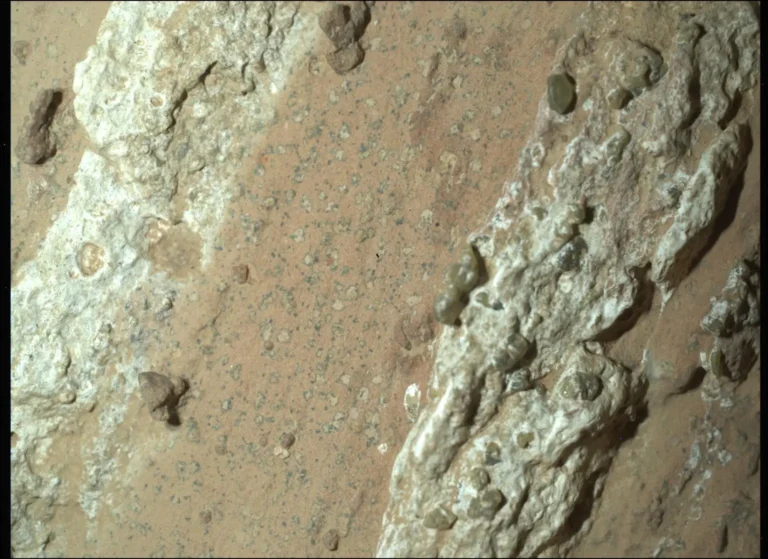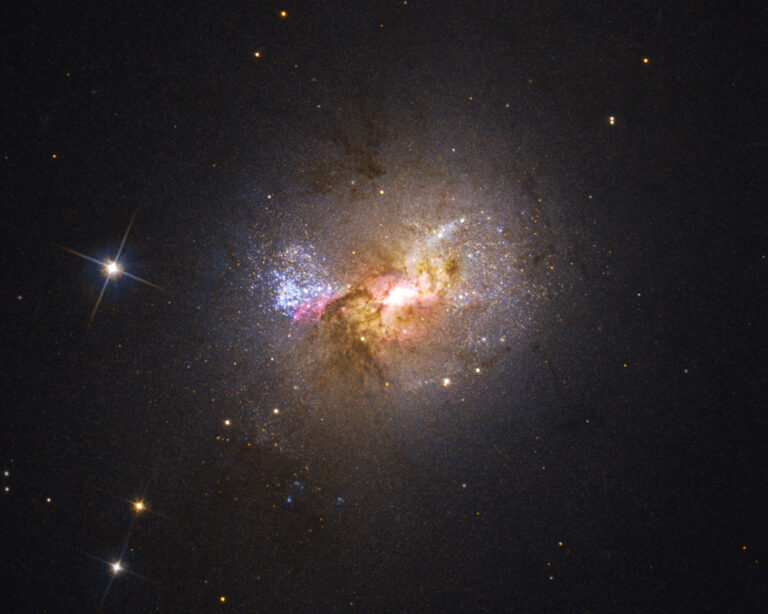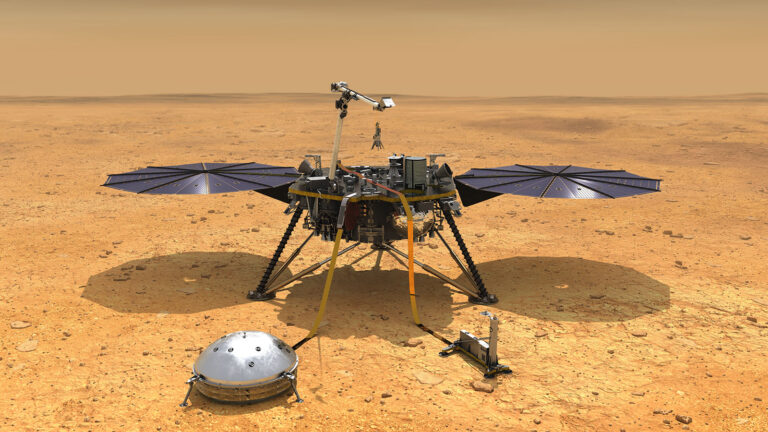Key Takeaways:
Safe Mode
The space agency hasn’t announced why Chandra entered Safe Mode, but all systems aboard the craft functioned successfully in the transition and all of Chandra’s instruments are safe and unharmed. NASA said last week it was still investigating the reason for this sudden shift.
“Chandra is 19 years old, which is well beyond the original design lifetime of 5 years,” NASA said in the statement. “In 2001, NASA extended its lifetime to 10 years. It is now well into its extended mission.”
The space agency adds that Chandra “is expected to continue carrying out forefront science for many years to come.”
Trouble With Hubble
While this investigation pushes forward, “NASA continues to work toward resuming science operations of the Hubble Space Telescope after the spacecraft entered safe mode due to a failed gyroscope (gyro) on Friday, Oct. 5,” an official NASA statement said.
Earlier this month, the Hubble Space Telescope went from four working gyroscopes to only two fully-functional gyros. While the telescope can function with two, or even one, gyro — the gyroscopes keep the telescope pointed in the same direction for long periods of time — Hubble functions best with at least three gyros.
Following this gyro failure, the Hubble operations team turned on a backup gyro. Unfortunately, the backup gyro didn’t operate successfully. Since then, the team has been testing the backup gyro, which continues to report false, too-high rotation rates. This backup gyro is also unable to report Hubble’s small movements.
An anomaly review board was formed to find the cause of these issues and try to fix them.
The planet-hunting Kepler space telescope, low on fuel and nearing the end of its mission, started the month in safe mode. Astronomers have since started the spacecraft back up and are working to download its latest data before it runs out of power.



